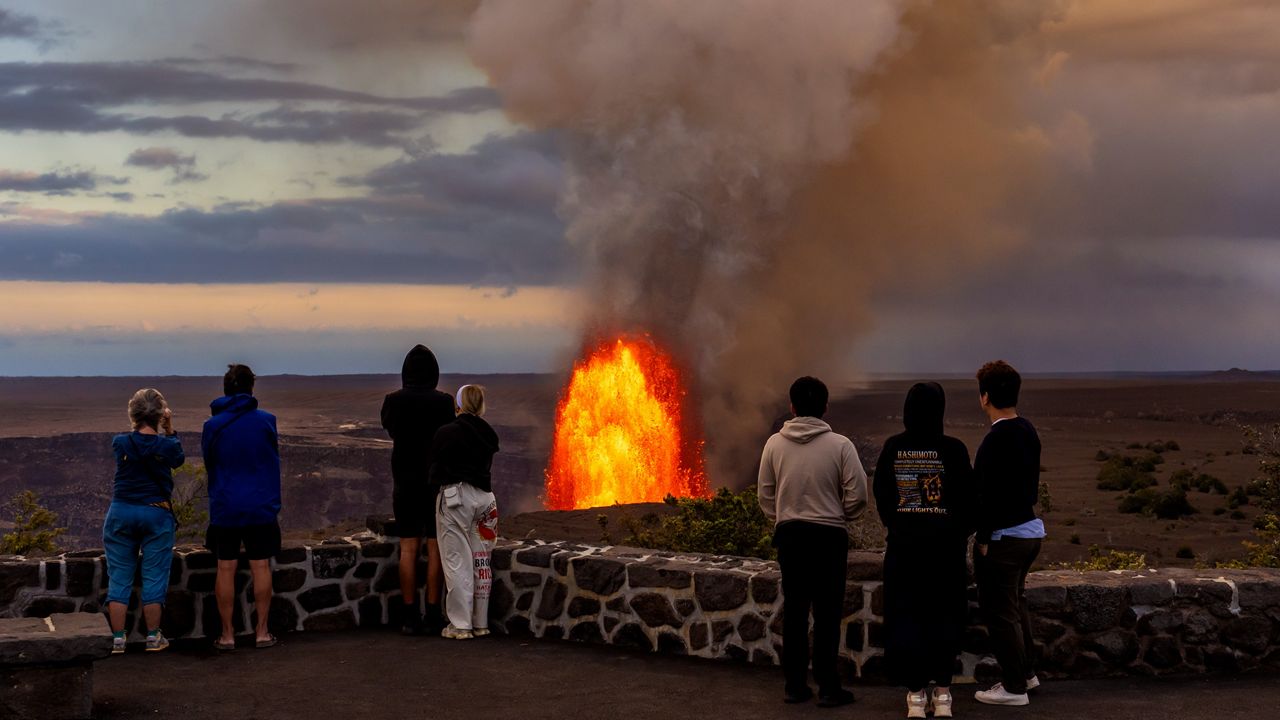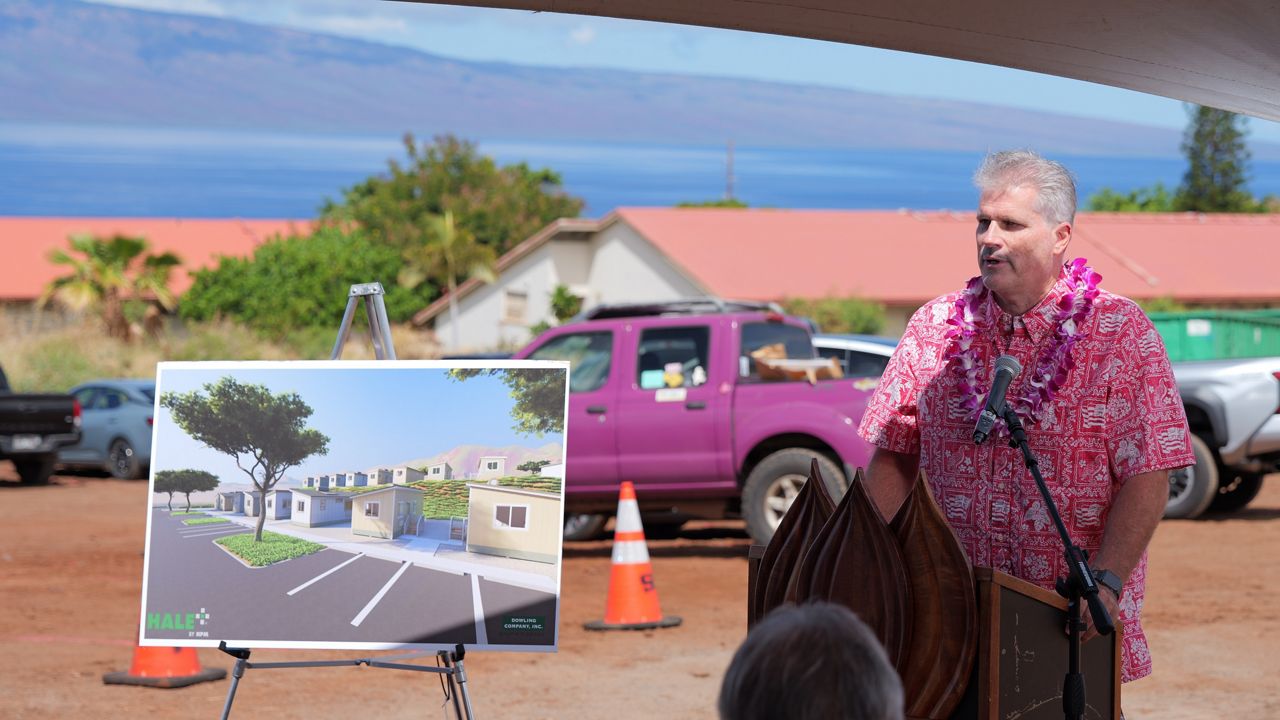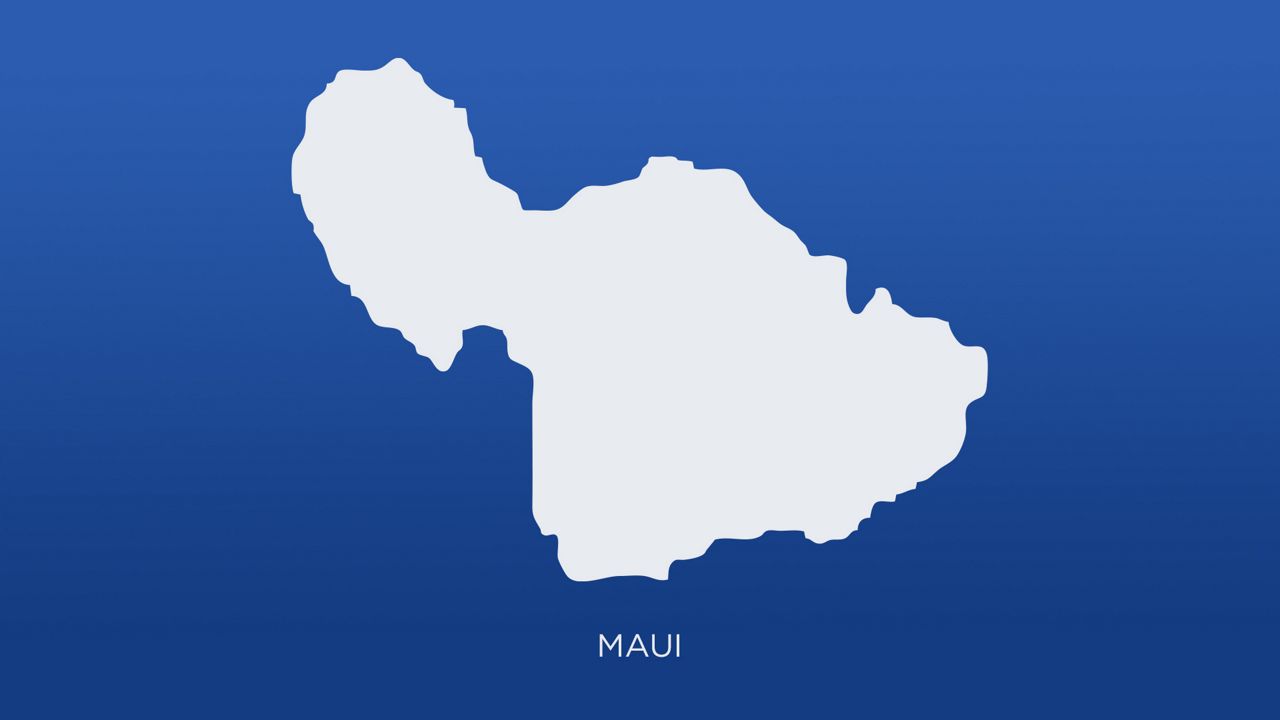A recent study conducted by University of Hawaii researchers has shed light on the popularity of traditional Hawaiian sports and their potential impact on community health. The study, led by Dr. Tetine Sentell, Interim Dean of the Thompson School of Social Work & Public Health, examined the participation rates in outrigger paddling and hula among Hawaii residents.
According to the study, which was published this week by the Center for Disease Control, 20% of Hawaii residents have taken part in outrigger paddling. The research found that outrigger paddling holds particular appeal for Native Hawaiians, with 42% having engaged in the activity. Pacific Islanders also showed significant participation, with 31% reporting paddling experiences.
Paddling was found to attract participants across various ages, income groups and geographic locations, showing its potential as a comprehensive community health promotion tool.
“Public health surveys do not typically measure culturally relevant physical activity,” said Sentell in a news release about the study. “Because of our diverse population, it is vital that we promote culturally relevant activities like outrigger canoe paddling in public health programming, research and surveillance.”
The study explored the extent of hula's popularity. A quarter of all Hawaii residents reported having danced hula in their lives, with nearly half of Native Hawaiians and 42% of Pacific Islanders having engaged in the traditional dance form. The research revealed that two-thirds of Hawaiian women take part in hula either occasionally or frequently. Previous studies conducted by UH researchers have also shown that hula is a physically rigorous activity, comparable in energy expenditure to sports such as basketball or tennis.
The study relied on data collected from 13,500 respondents via the Behavioral Risk Factor Surveillance System, an annual health survey conducted by the Hawaii Department of Health. For the first time in 2018, questions about outrigger canoe paddling and hula were included in the survey, providing insights into the participation rates of these culturally significant activities.
"Unless we include culturally important activities in our surveys, their importance to the health of our population remains invisible," Sentell said.
Michelle Broder Van Dyke covers the Hawaiian Islands for Spectrum News Hawaii. Email her at michelle.brodervandyke@charter.com.









